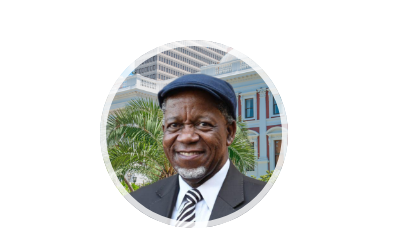The ACDP is extremely concerned about the limited to no availability of South African Air Force (SAAF) aircraft for search and rescue (SAR) operations. This the South African Search and Rescue (SASAR) organisation has said “is a huge challenge” in its latest annual report, adding that funding shortfalls and resource limitations hinder the country’s search and rescue efforts.
During the 2023/24 reporting period (April 2023 through March 2024), the Maritime Rescue Coordination Centre (MRCC) which is hosted by the Maritime Safety Authority on behalf of the department of Transport, responded to 138 search and rescue incidents, with 168 lives saved during the period. However, during the reporting period 20 lives sadly were lost. The Rescue Centre further assisted in connecting vessels to local Telemedical Services and coordinated the evacuation of 112 medevac (medical evacuation) operations for crew and passengers from vessels offshore to local hospitals.
In its report, SASAR identified a number of issues hindering the aeronautical and maritime sector’s ability to effectively respond to search and rescue incident/accidents, including a lack of funding and aircraft availability. Regarding the SAAF, training and operations have continued to decline over the year due to lack of serviceable airframes. Most recently, the C47 Dakota’s which played a role in maritime surveillance were retired.
“There were significant periods when no serviceable aircraft were available at the various squadrons to support search and rescue operations. As a result, no joint mountain rescue operations were conducted with SAAF and insufficient training occurred to maintain currency,” the report said.
It added that the Department of Health provincial Helicopter Emergency Medical Services (HEMS) does not have contracts in place in some provinces, resulting in HEMS having no aircraft available for deployment.
The report indicated it is due to the “unavailability of resources and assets from the SASAR Manual Signatories such as the South African National Defence Force (SANDF) and having to rely on the availability of the Merchant Fleet vessels’ SAR operations.”
“MRCC Cape Town is severely restricted by the lack of maritime SAR capable resources and the required support from the SASAR manual signatory agencies. It is also restricted in its access to relevant technology which could enhance its response to SAR incidents.”
The MRCC is responsible for the coordination of available resources for searching, assisting, and, where needed, conducting rescue operations in, and outside of, its Search and Rescue Region (SRR). MRCC Cape Town maintains overall management of operations, and serves as the point of contact for Regional MRCC South Africa, inclusive of Angola, Mozambique, Madagascar, and Comoros.
To address challenges, the SASAR annual report lists recommendations, such as the establishment of Service Level Agreements with vessels that can assist in the delivery search and rescue rafts, recover survivors from sea or rescue craft, and deliver medical evacuation support for life threatening conditions at ranges exceeding 50 nautical miles.
Additionally, the report calls on SAMSA to ring-fence the MRCC financial requirements for it to be claimed from SASAR, and MRCC Cape Town should be allowed to procure Maritime SAR related technologies in consultation with the Aeronautical Rescue Coordination Centre.
MRCC Cape Town must further be allowed to identify able and capable SAR resources, air or surface, and utilise these resources without restriction as prescribed in the South African Aeronautical and Maritime Search and Rescue Act, 2002.
SASAR’s activities are funded from public funds and its budget forms part of Vote 35 of the Department of Transport. Other funding sources come in the form of sponsorships from the aviation and maritime industry for specific projects or purposes. No sponsorships or donations were received during the year under review.
The annual budget during the year under review was R66 389 000. The budget covered the compensation of employees, transfer payments, machinery and equipment, search and rescue projects, and meetings. However, total expenditure was R66 629 000, leading to a deficit of R240 000.
The ACDP calls on government to ensure that these recommendations as contained in this Report are implemented to ensure the Rescue Centre can effectively carry out its mandate in saving lives.





